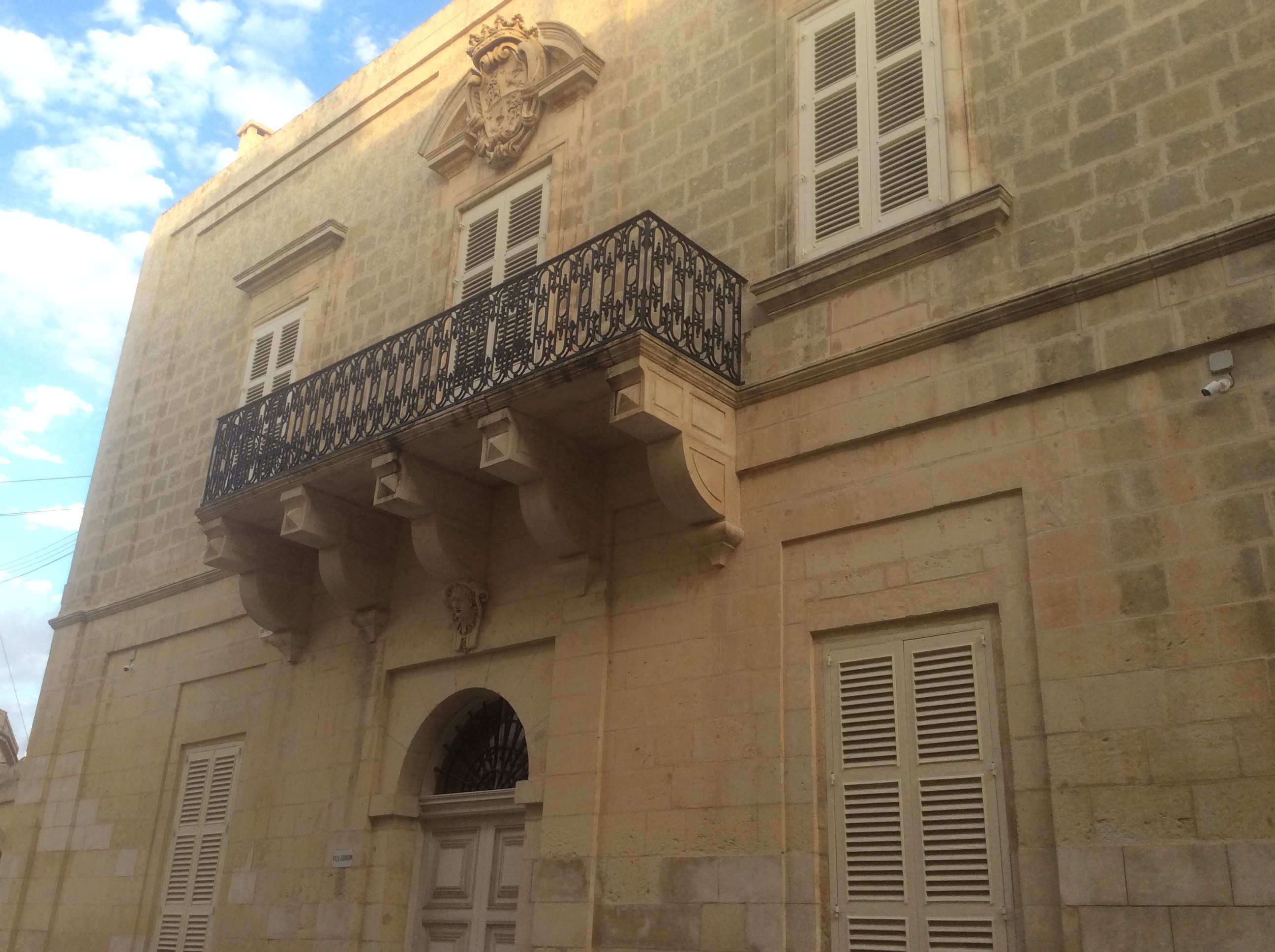|
Lija Belvedere Tower
The Lija Belvedere Tower, officially Torri Belvedere, is a belvedere in Lija, Malta. It was built in the 19th century as a folly within a private garden, and it is now located on a roundabout. History The belvedere tower was built in 1857 as a folly within the gardens of Villa Gourigon, a 17th-century villa which belonged to the Marquis Depiro. It was designed by the architect Giuseppe Bonavia. In the 1950s, part of the villa's garden was destroyed to make way for Transfiguration Avenue. The belvedere was retained as a roundabout, and it is now one of Lija's landmarks. The tower was restored in 1995 and 1996, and it is listed as a Grade 1 property by the Malta Environment and Planning Authority. It is also listed on the National Inventory of the Cultural Property of the Maltese Islands The National Inventory of the Cultural Property of the Maltese Islands (NICPMI) is a heritage register listing the cultural property of Malta. The inventory includes properties such as archaeol ... [...More Info...] [...Related Items...] OR: [Wikipedia] [Google] [Baidu] |
Folly
In architecture, a folly is a building constructed primarily for decoration, but suggesting through its appearance some other purpose, or of such extravagant appearance that it transcends the range of usual garden buildings. Eighteenth-century English landscape gardening and French landscape gardening often featured mock Roman temples, symbolising classical virtues. Other 18th-century garden follies represented Chinese temples, Egyptian pyramids, ruined medieval castles or abbeys, or Tatar tents, to represent different continents or historical eras. Sometimes they represented rustic villages, mills, and cottages to symbolise rural virtues. Many follies, particularly during times of famine, such as the Great Famine (Ireland), Great Famine in Ireland, were built as a form of poor relief, to provide employment for peasants and unemployed artisans. In English, the term began as "a popular name for any costly structure considered to have shown wikt:folly#Noun, folly in the builde ... [...More Info...] [...Related Items...] OR: [Wikipedia] [Google] [Baidu] |
Villa Gourigon
A villa is a type of house that was originally an ancient Roman upper class country house. Since its origins in the Roman villa, the idea and function of a villa have evolved considerably. After the fall of the Roman Republic, villas became small farming compounds, which were increasingly fortified in Late Antiquity, sometimes transferred to the Church for reuse as a monastery. Then they gradually re-evolved through the Middle Ages into elegant upper-class country homes. In the Early Modern period, any comfortable detached house with a garden near a city or town was likely to be described as a villa; most survivals have now been engulfed by suburbia. In modern parlance, "villa" can refer to various types and sizes of residences, ranging from the suburban semi-detached double villa to, in some countries, especially around the Mediterranean, residences of above average size in the countryside. Roman Roman villas included: * the ''villa urbana'', a suburban or country seat th ... [...More Info...] [...Related Items...] OR: [Wikipedia] [Google] [Baidu] |

